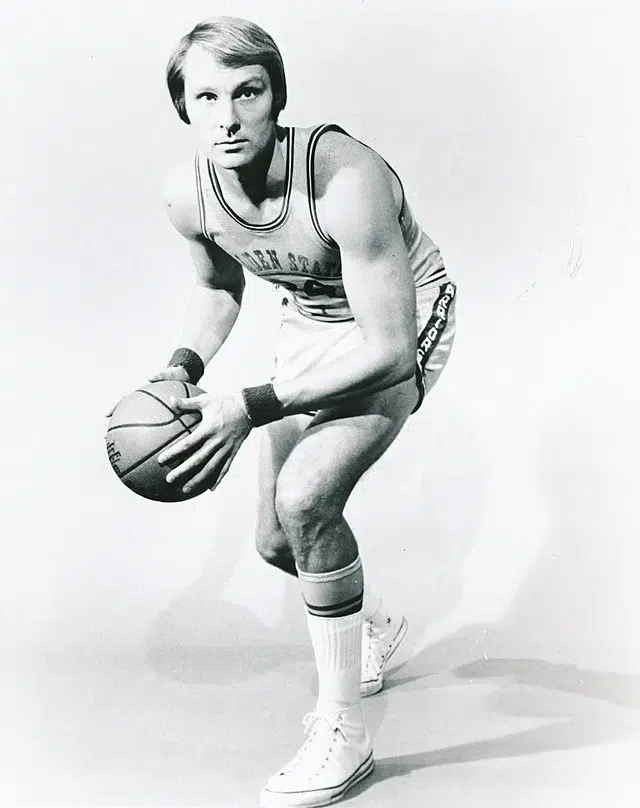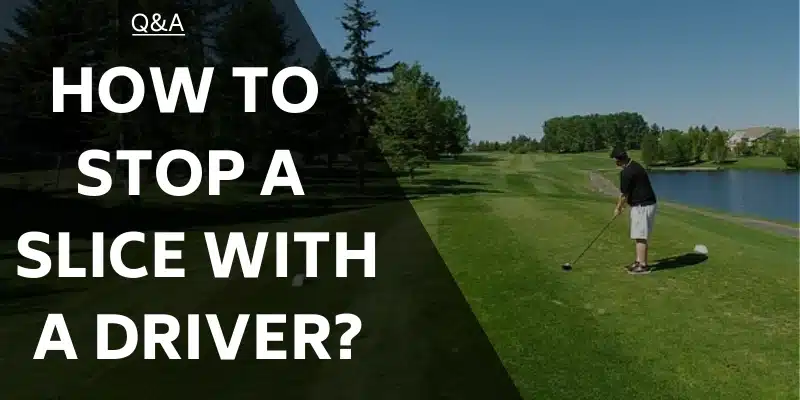The Juju golf swing is a new theory on how to swing the club. The main focus is on the takeaway, making it easier to narrow the club on the downswing and create more lag. This claims to help people avoid over-the-top swings that create huge slices.
You may have seen something like this by PGA Tour star Matthew Wolff. While the Juju swing and Wolff have no connection, they both apply similar mechanics that produce shocking results.
The mechanics are easy to understand, but to take full advantage, this article is focused on explaining the Juju golf swing from start to finish. If you find yourself in a slump, embracing this new method could be just the thing you need to breathe new life into your game.
Pros of Juju Golf Swing
- Less wrist action
- Creates more power through excess lag
- Encourages a shallow plane to produce power draws
- Works great for people with less flexibility
- Easy to learn and start implementing with very little practice
Cons of Juju Golf Swing
- Takes some getting-used-to
- Looks unconventional
How to Swing Juju Style
Here is a summary of what happens during the swing when a player uses the Juju style. This is not official, just the result of my research when compared to a traditional golf swing.
1. Takeaway
Much of the Juju swing draws on the strengths of a traditional swing, but the takeaway is the most noticeable difference. This is what sets the rest of the swing up to capitalize on the benefits of a Juju swing.
The key here and the part that will take the most getting-used-to is not to hinge your wrists as you draw the club away from the ball. Your body rotates the same, and it’s still crucial to keep your head still, but the club will climb at a steeper angle.
The purpose of this is only to stress your wrists when absolutely necessary—keeping them relaxed until the very last millisecond is one of the benefits of the Juju swing.
At first, use a mirror to check yourself. This is a foreign move, so spend more time working on your takeaway than any other aspect.
2. Top of the Swing
This is going to appear different in slow motion than to the naked eye. The top of the swing is where things start to look a little more conventional, but getting there requires some adaptation.
Once you’ve reached full shoulder and hip turn, the trick is to bump your hip out a little to encourage your wrists to set on a shallow plane. This change of angle happens quickly and should be with a smooth tempo, especially when first learning.
This transition is the core of the Juju swing, so be sure to spend time concentrating on the timing and getting into the correct positions. If you do step 1 correctly, this should be easier to grasp.
3. Downswing
As you start to generate speed towards the ball, your trailing elbow is encouraged to load more drastically than a traditional swing. This increases the lag that your swing produces and will create more speed through impact.
Your feet and legs will also be driving more due to the hip bump. This creates space for your hips to rotate more freely so you can release the clubhead at the exact moment of impact.
If you look at the downswing of a Juju swing and that of a traditional swing in slow motion, you will see a lot of similarities. The difference is how you get there, and the Juju swing claims to make it easier for golfers to load the club and fire it more efficiently.
4. Impact
If steps 1 to 3 are accomplished, then there should be no problem at impact. Your arms will be fully extended, and your hips will comfortably rotate you through to the follow-through. This is the point where you’ll know whether you did everything right or not.
You should feel more “pop” from the ball and experience the nothingness that great shots come with. This is what it feels like to compress the ball, kick the shaft, and flex the clubface all at the same time. It’s a magical feeling.
5. Follow-Through
View this post on Instagram
This should be a joyous moment when you get to relax and finally look up to enjoy the fruits of your labor. Be sure to stay balanced because an unbalanced follow-through is usually the result of over-exertion somewhere earlier in your swing.
By now, your arms should be loose and fully extended beyond the ball. Your back foot is coming up off the ground, and your back hip rotates to face the target. The goal is to let your body follow the club head.
If you loosely focus on getting to a solid follow-through position from the start of your swing, then your body will subconsciously get into all the correct positions without you having to micro-manage every aspect.
Using The Juju Swing on All Shots
Yes, you can use the Juju swing on all shots, and if you choose to adopt this swing method, you should apply it to all shots in order to maintain consistency.
Drives
Here is where you’ll find the most benefits of the Juju swing. The added lag and loading of your wrists and arms create a noticeable amount of extra clubhead speed. The reason it works so well with the driver is because of its length. The longer the club, the more kick you get from the shaft.
Irons
The same holds true for your irons. You’ll notice a massive difference in your long irons in terms of distance. Your mid-short irons may not demonstrate an increase in distance, but your ball-striking consistency should increase. The late setting of the wrists is to thank for this improved shot-making ability.
Short Game
Don’t think you’re going to turn into Phil Mickelson with this new swing. It is strictly meant for full-swing shots. Even if you watch Matthew Wolff hit pitch shots, he does so in a more traditional manner.
Read more: Driver Swing vs Iron Swing
Ambassadors of the Juju Golf Swing

Although I have referenced Matthew Wolff a couple of times, he is not associated with the official Juju golf swing creator. Wolff was only 3 years old when this was created, and I highly doubt that he started with this method right away.
To test the Juju swing, creator Brad Peterson enlisted the help of NBA star Rick Barry. Rick had turned to golf as his NBA career was finishing but, like many people, found it to be extremely frustrating.
After meeting Peterson, Barry immediately enlisted his help and, to make a long story short, ended up competing in and winning multiple long-drive competitions.
Again, this all happened before Matthew Wolff had graduated high school.
Read more: Golf Swing Tips
History of the Juju Golf Swing
The Juju golf swing all started back in 2002 when a young Brad Peterson was fed up with his golf game. Having played mini-tours trying to make it to the big leagues, he was on the wrong side of the cut line too many times.
This drove him to re-imagine the swing, allowing him to create something that came naturally to him.
When he first discovered this new move, he titled it ‘Load and explode.’ This was due to the added distance he was getting. After getting results working with students and Rick Barry, his daughter became interested in changing her swing as well.
She adopted it quicker than anyone else, prompting Brad to rename the swing after his daughter, Juju.
Summary—Juju Golf Swing Explained
The Juju golf swing might not look like a swing that purists of the game will endorse, but if you can get over the appearance, the Juju golf swing method has some merits.
It will definitely help new golfers increase their distance and consistency because setting the wrists in the backswing (like traditional golf swings) tends to take a lot of practice to get right.
If you’re looking for a change or for a way to make golf easier for a beginner, the Juju golf swing is a great alternative.
Clint is PGA-certified and was a Head Teaching Professional at one of Toronto's busiest golf academies. He was also featured on Canada's National Golf TV program, "Score Golf Canada," twice. He graduated with a degree in Golf Management from the College of the Desert in California and studied under Callaway's co-founder, Tony Manzoni.
He has a handicap index of 6.2 and spends the winters near Oaxaca, Mexico, where he plays twice a month at the Club de Golf Vista Hermosa. He's written over 100 articles at GolfSpan since 2021. You can connect with Clint at LinkedIn, FB, his website, or Clintcpga@gmail.com.
- Best score: 68
- Favorite club: Odyssey White Hot Two-Ball Center-Shafted Putter
- Favorite ball: Titleist Pro V1x
- Favorite food at the turn: Hot dog

![Golf Terms Every Golfer Must Know [Over 250 Terms!]](images/golf-terms-267x150.png.webp)





